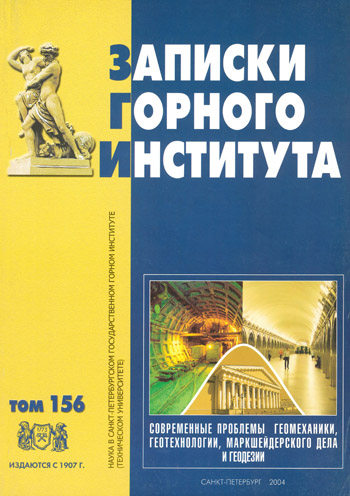Surveying work on the construction of the cable-stayed bridge over the Neva River in St. Petersburg
- St. Petersburg State Transport University
Abstract
The Department of Engineering Geodesy of the University of Railway Transport carries out geodesic works on the construction of the cable-stayed bridge across the Neva river in St. Petersburg. Two steel pylons of 124 m height each will hold on the steel cables – cable stays –the span of 670 m length (322 m – the river span and two shore spans of 174 m). The geodetic demarcation network for the bridge construction, including 51 points, was created with the use of electronic total stations and the GPS satellite system. Electronic total stations from "Leica", "Sokkia", "Topcon" with an accuracy of angles measurements of 2-3" and distances (2 + 2·10-6S) mm allow with high accuracy to mount the blocks of the pylon and the superstructure. Deformations of pylons and span arising due to the influence of wind and uneven heating by the sun, high requirements to the accuracy of installation of cable fastening devices in the span and pylons required the development of original methods of geodetic works with the use of laser and high-precision devices.
